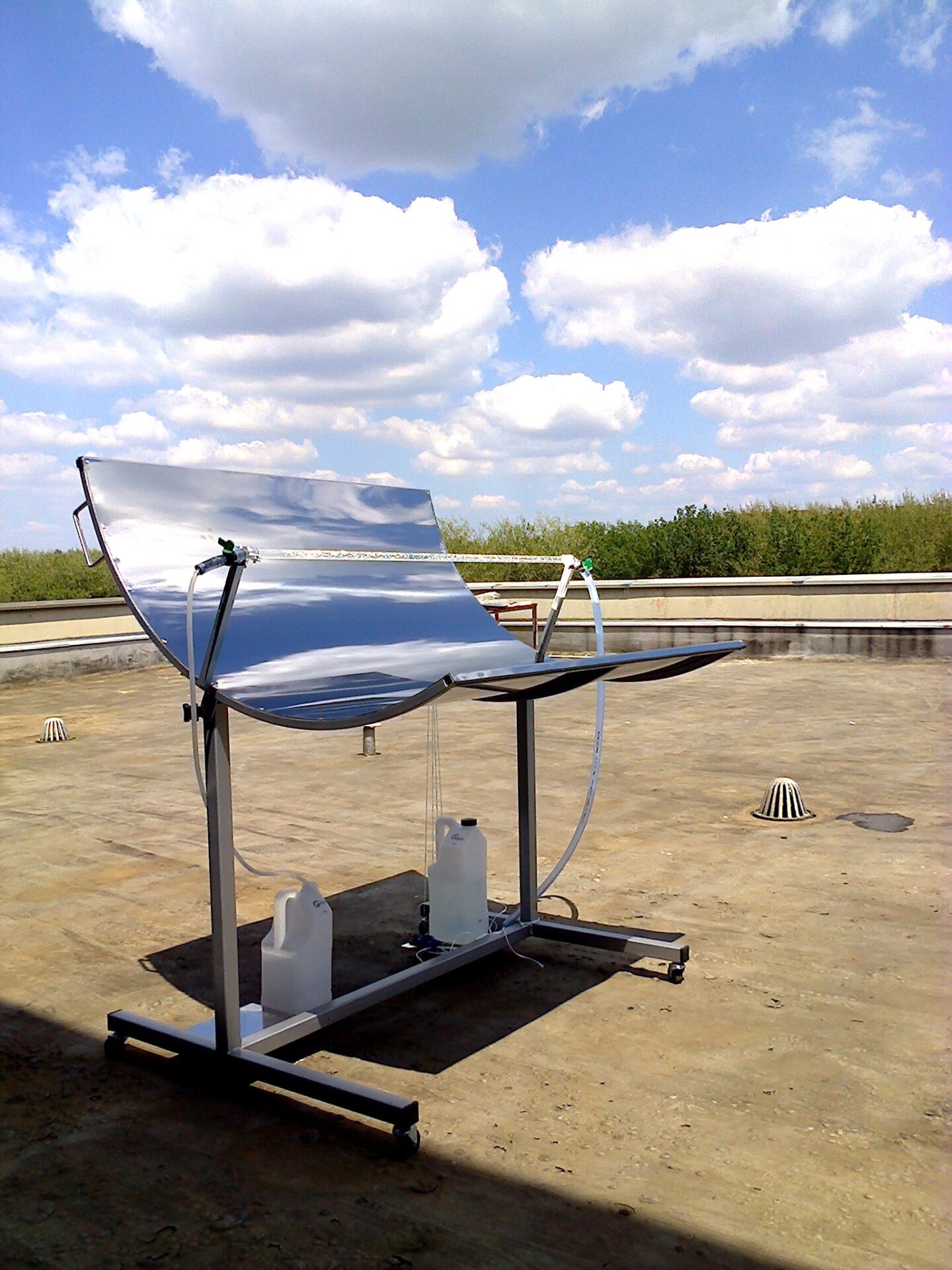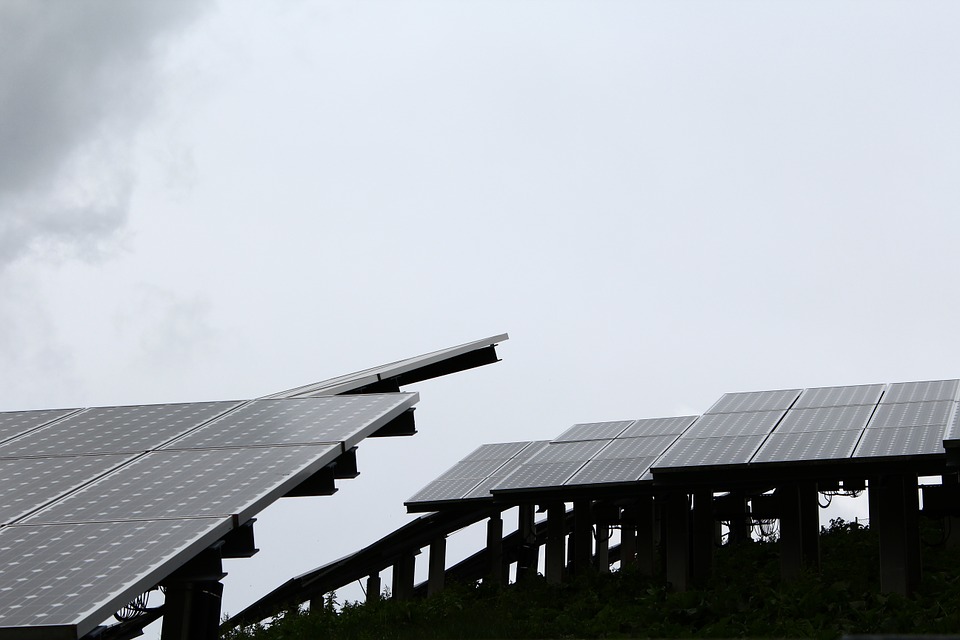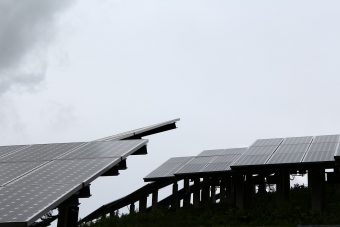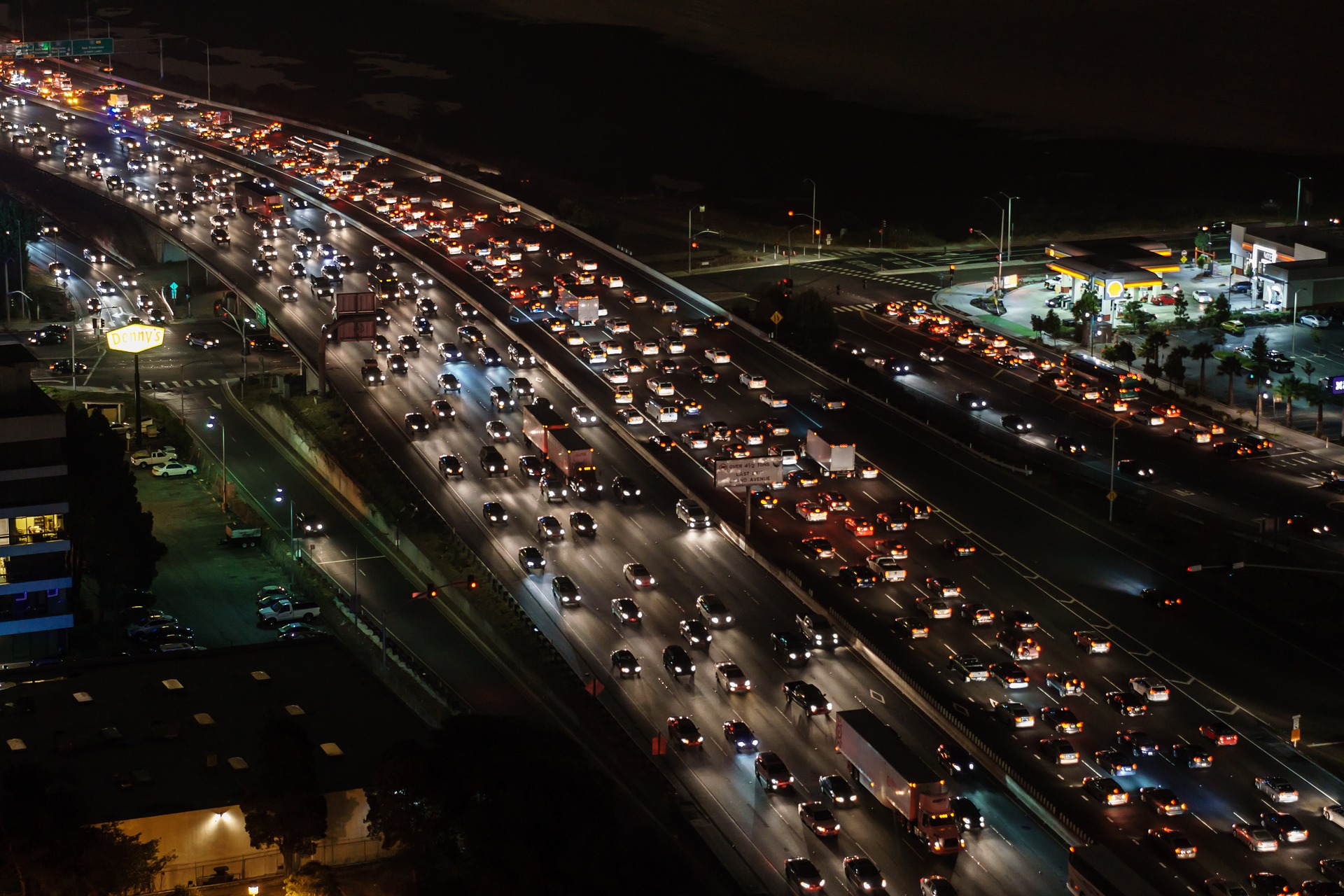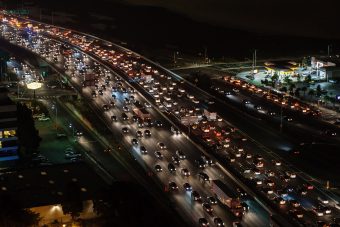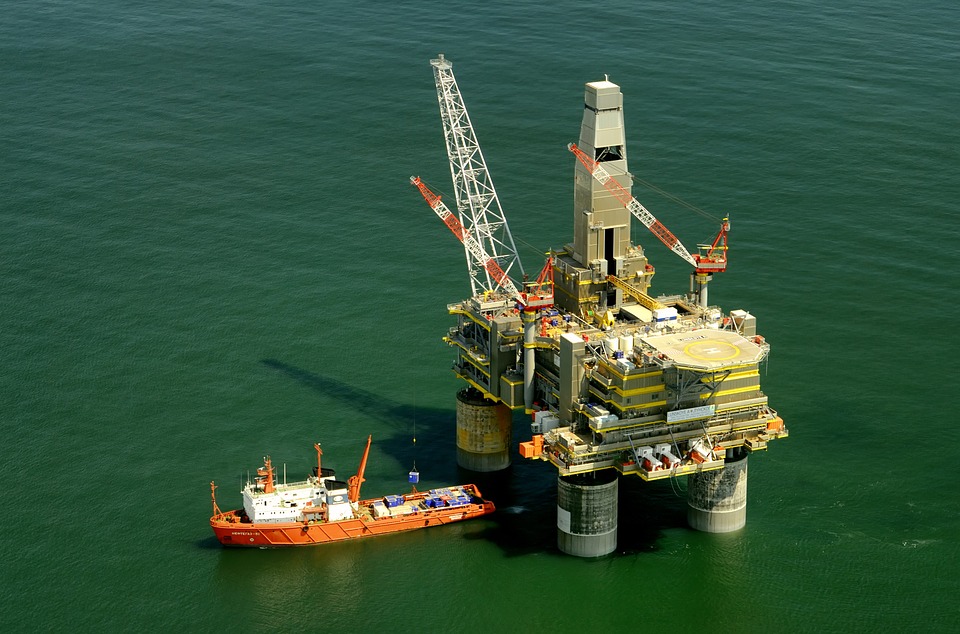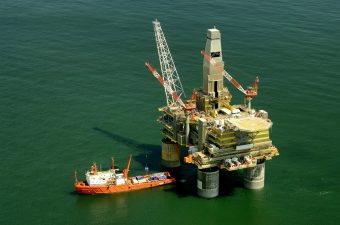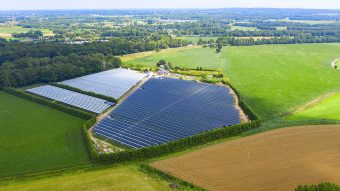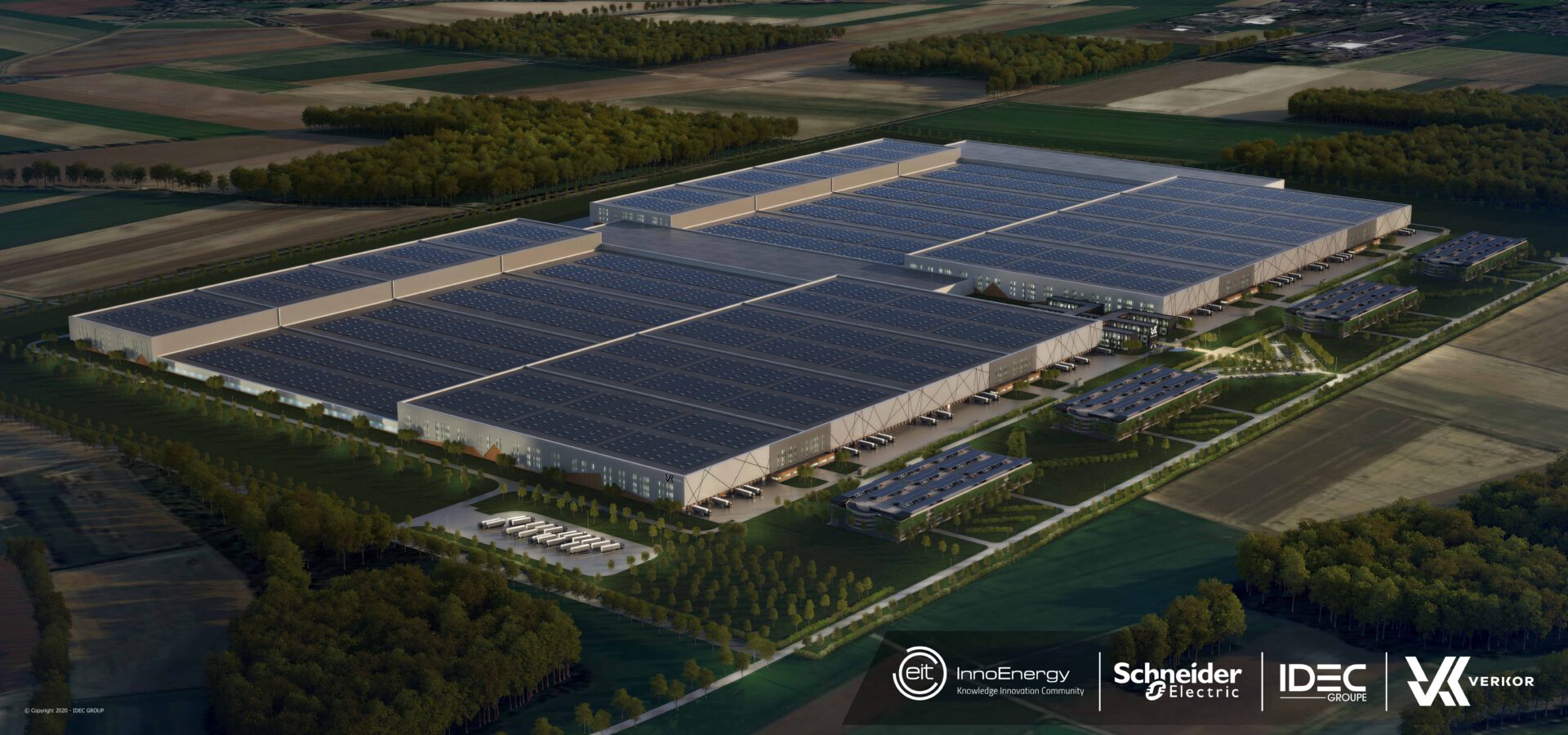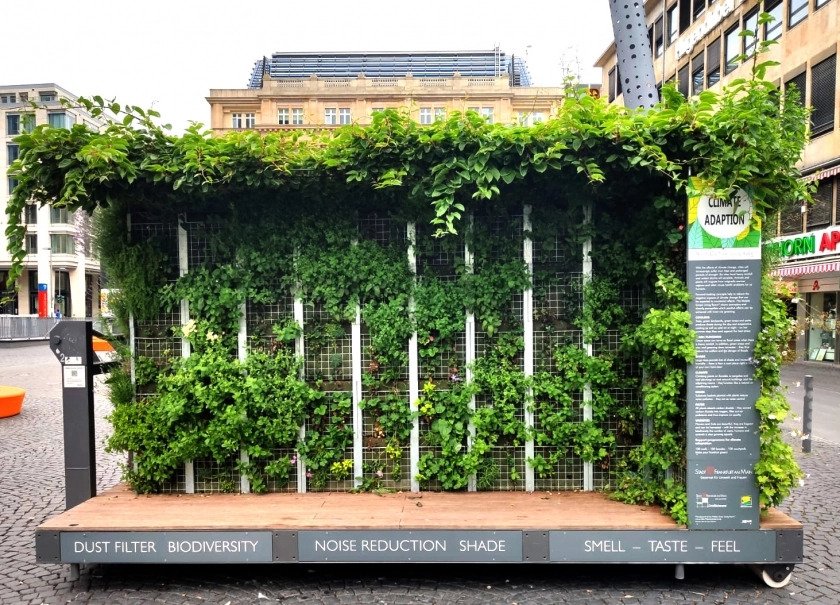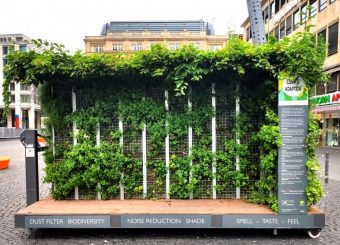There is talk in the last few years about more intensive use of solar energy in our country’s energy mix. With the desire that such projects come to life and become part of our everyday lives, various companies appear in the market which offer options for potential customers and future electricity producers. Therefore, it is not unusual that solar power plants are emerging, and their primary purpose and unfortunately, sometimes, their only use, is to produce electricity. Rather than this one, science also offers solutions for generating slightly different results.

At the Faculty of Sciences (PMF) in Novi Sad, at the Department of Chemistry, Biochemistry and Environmental Protection, a research is underway on the use of solar energy with the aim of eliminating hazardous substances from wastewater. Specifically, in this case, it is about removing synthetic dyes from wastewaters which originate from the textile industry. The research is being conducted as a part of Gordana Pucar Milidrag’s PhD thesis.
The potential of solar energy represents 16.7 per cent of Serbia’s total renewable energy potential. Taking into account that the energy potential of solar radiation is for around 40 per cent higher in Serbia than in Central Europe and that the intensity of solar radiation is among the highest in Europe, we come to conclustion that solar radiation is rather sufficient and that it can be used in many different ways. Gordana Pucar Milidrag states that the data show that the average duration of insulation is 2,071 hours, or about 270 days of sunshine, and more than 70 per cent of insulation is generated between April and September.
“When we take into consideration the average weather conditions, atmospheric pollution and humidity, in these areas the real average radiation is about 3.5 kWh/m2 per day. These are the values that provide a reliable massive and economical use of solar energy. It is logical for us, as environmentalists at the Faculty of Sciences, to examine the possibilities of removing pollution by using this resource. We were most interested in removing pollution by applying so-called photo-Fenton process,” says Gordana and lets us know that the process is part of the group of advanced oxidation processes and it is based on the creation of highly reactive hydroxyl radicals in the reaction of iron and hydrogen peroxide.
“Hydroxyl radicals oxidise everything they come across, both organic and inorganic components. By applying this process in the presence of radiation makes the essence of the photo-Fenton process, which is considered to be a good
choice for removing of persistent contaminants (or pollution which is difficult to remove), due to the additional generation of hydroxyl radicals by photoreduction of iron and photolysis of hydrogen peroxide. This makes clear that
solar energy has a concrete implementation in the process,” explains Gordana. In order to test the possibility of applying the photoFenton process, the experiment was performed in a parabolic trough collector (PTC), which is considered to be most appropriate when it comes to wastewater treatment. Such collectors use only direct solar radiation (the higher the amount of radiation is, the greater is the yield). The PTC is small and receives a large amount of energy per unit volume. Gordana says that the main drawbacks are that the collector uses only direct radiation (which means that it is not efficient when it is cloudy), it is expensive dueto a tracking system and it has low optical and quantum efficiency by using this resource. We were most interested in removing pollution by applying so-called photo-Fenton process,” says Gordana and lets us know that the process is part of the group of advanced oxidation processes and it is based on the creation of highly reactive hydroxyl radicals in the reaction of iron and hydrogen peroxide.
In order to test the possibility of applying the photoFenton process, the experiment was performed in a parabolic trough collector (PTC), which is considered to be most appropriate when it comes to wastewater treatment. Such collectors use only direct solar radiation (the higher the amount of radiation is, the greater is the yield). The PTC is small and receives a large amount of energy per unit volume. Gordana says that the main drawbacks are that the collector uses only direct radiation (which means that it is not efficient when it is cloudy), it is expensive due to a tracking system and it has low optical and quantum efficiency.
“Through the implementation of these processes in the collector, a research for removing (degradation) of synthetic dyed molecules which is applied during the fabric dyeing process is carried out. Several different compounds have been successfully degraded by this collector: chromium (VI), dichloroacetic acid, phenols, 4-chlorophenol, dichlorophenol, pentachlorophenol, atrazine, industrial wastewater, etc. However, since the dye molecule itself is ‘large’ (that is, it has a large molar mass) and it is hardly degradable, we wanted to get an impression of how effective this process really is”, Gordana states, adding that the results of the experiment showed that the efficiency of discolouration (removal) of colours was high, around 100 per cent.
“Despite this, there is still no complete neutralisation of organic matter to carbon dioxide and water, given to the relatively short duration of the reaction. This is due to the presence of various salts and dicarboxylic acids, as well as additional reactions which involve hydroxyl radicals that interfere with the flow of the process. That is why such processes must be combined with some other processes and applied, for example, in the tertiary treatment of wastewater in the textile industry.”
In focus:
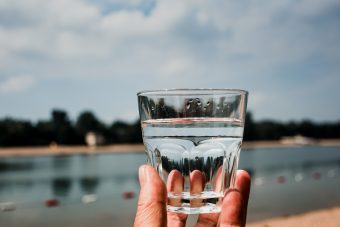
The goal they were aiming for was mostly met. Gordana says that the implementation of such processes allows the reaction to take place under neutral conditions, which reduces the cost of neutralisation in the first step. In addition, thermal energy collected during the radiation concentration can be used simultaneously for other applications. The fact that a catalyst synthesized from clay bentonite was used as the source of iron, which is a natural, widespread and inexpensive material, and solar radiation, as a renewable and alternative photon source, the results mentioned above should be taken into account when analysing the cost-effectiveness of the process applied. The analysis would include, according to Gordana, the land on which such collectors would be built, the chemicals that would be used during the treatments and the energy savings that would be provided by the use of these collectors, with the fact that the collectors could only be used duringthe sunny days, when radiation intensity is appropriate.
“The construction of these collectors is not cheap, but it would also be possible to use construction materials that are not as expensive as reflective surfaces. On the other hand, the implementation of advanced oxidation processes is considered as a proposal for the best available technique when it comes to the treatment of wastewater in the textile industry, while photo-oxidations are being considered as additional new techniques and the possibility of their implementation in tertiary treatment of wastewaters on semi-industrial systems is being examined”, Gordana presents possible solutions.
An important factor is the willingness of the state or the investor to support the development of such technologies. While the device is not positioned on the market, the information on its cost-effectiveness is not available. There are similar projects in Spain, Italy and the United States, which does not prevent them from continuous development of new processes for implementing such collectors. Gordana believes that the continuation of this research should go towards the improvement of the process, including the collector itself, in order to ensure complete mineralization. “Like any scientist, I want my work to see the light of the day, not to be a stillborn, rather as something tangible, practical and purposeful. Especially because behind all that is such a strong motive to preserve the planet.”
Prepared by: Mladen Rajic
This article was published in the new issue of the Energy portal Magazine NATURAL RESOURCES, march – may, 2020


